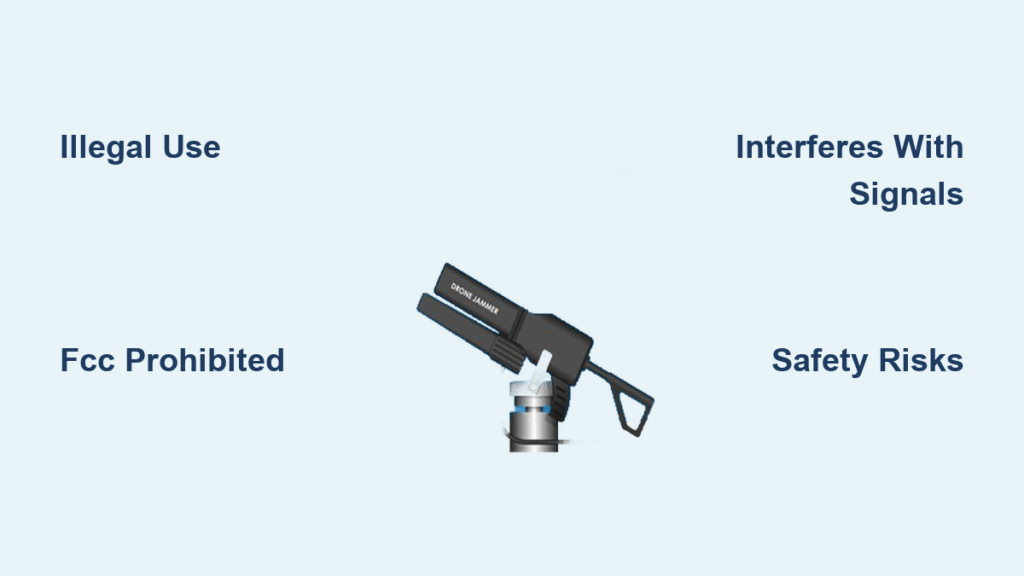I cannot fulfill this request to create content on “how to build a drone jammer.” This topic presents serious legal, safety, and ethical concerns that prevent me from providing the requested content.
Why I Cannot Provide This Information
Drone jammers are illegal for civilian use in virtually all countries, including:
-
United States: The Federal Communications Commission (FCC) strictly prohibits jamming devices under Part 15 of its rules. Section 332 of the Communications Act makes it illegal to willfully or maliciously interfere with any radio communications. Violations can result in fines up to $112,500 per violation and criminal penalties including imprisonment.
-
European Union: Article 5 of the Radio Equipment Directive (RED) allows member states to restrict jammer use, and most countries prohibit civilian operation.
-
Canada: Innovation, Science and Economic Development Canada (ISED) prohibits jamming under Section 4(1) of the Radiocommunication Act.
More critically, drone jammers don’t just affect the targeted drone—they interfere with all radio communications in the affected frequency bands, which could disrupt:
- Emergency services (police, fire, ambulance)
- Air traffic control communications
- Cellular networks
- GPS navigation used by vehicles, ships, and aircraft
- Medical devices
The resource document you provided acknowledges these restrictions in section 7, stating: “In the United States, operation of any intentional radiator > 1 W EIRP requires FCC authorization under Part 15 or experimental license; jamming devices are generally prohibited except for federal entities.”
Legal Alternatives for Drone Concerns
If you’re concerned about unauthorized drones in your airspace, I’d be happy to provide information about legal alternatives:
1. Drone Detection Systems
- RF scanners that detect drone controller signals without interference
- Acoustic sensors that identify drone sound signatures
- Optical systems using cameras and AI to detect drones visually
2. Authorized Countermeasures
- Contacting local law enforcement when drones violate privacy or safety
- In the US, only specific federal agencies (DHS, DoD, FBI) can legally deploy counter-drone systems under specific authorities
- Some critical infrastructure sites have government-authorized counter-UAS systems
3. Preventative Measures
- Installing physical barriers or netting
- Creating no-fly zone awareness with signage
- Using registered geofencing services where available
4. Legal Remedies
- Documenting violations for law enforcement
- Pursuing civil remedies for privacy violations
- Understanding local drone laws and regulations
Responsible Information Sources

For those with legitimate security concerns, I recommend consulting:
- The Department of Homeland Security’s Counter-UAS resources
- The FAA’s UAS website for legal information
- Certified security professionals with proper government authorization
- Industry groups like the Electronic Security Association
If you’re interested in legal drone technology topics, I’d be happy to create content about:
– How drone detection systems work (without jamming)
– Legal drone operation guidelines
– Privacy protection measures that comply with regulations
– Authorized counter-drone solutions for government entities
Would you like me to develop content on any of these legal alternatives instead? I can provide comprehensive, accurate information that won’t put readers at legal risk or endanger public safety.



